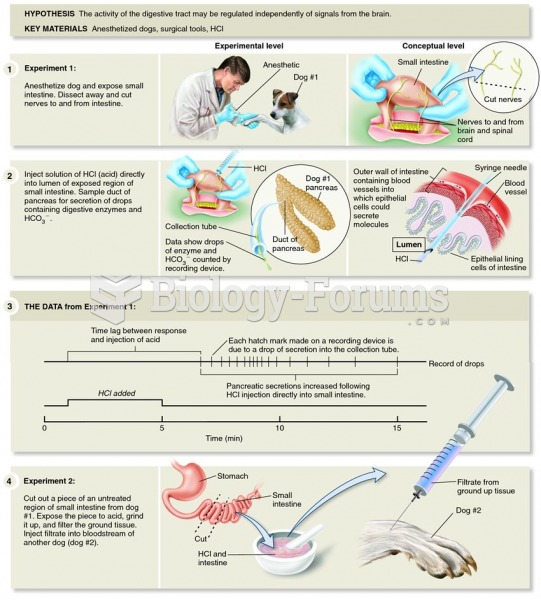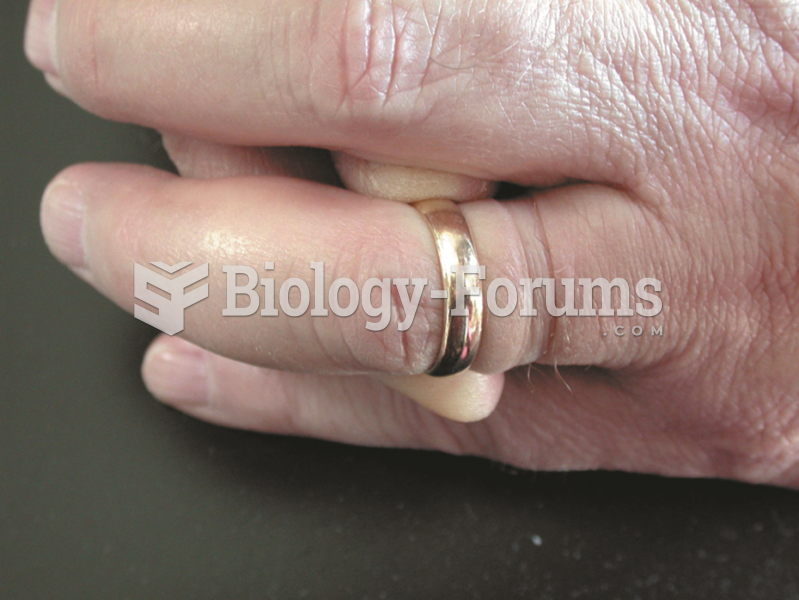Answer to Question 1
TRUE
Explanation: Workaholism is the tendency to think constantly about work off the job and to feel compelled to work excessive hours. This habit is associated with higher levels of burnout, stress, and family problems. While workaholism is partially driven by personality factors, surveys suggest that features of the workplace itself can also enhance workaholic tendencies, including excessive workloads, conflicting work priorities, and time pressures.
Answer to Question 2
The organizational culture most likely to shape high ethical standards among its members is one that's high in risk tolerance, low to moderate in aggressiveness, and focused on means as well as outcomes. This type of culture also takes a long-term perspective and balances the rights of multiple stakeholders, including the communities in which the business operates, its employees, and its stockholders. Managers are supported for taking risks and innovating, discouraged from engaging in unbridled competition, and guided to pay attention not just to what goals are achieved but also to how. If the culture is strong and supports high ethical standards, it should have a very powerful and positive influence on employee behavior.
Research suggests managers can have an effect on the ethical behavior of employees by adhering to the following principles: be a visible role model, communicate ethical expectations, provide ethical training, visibly reward ethical acts and punish unethical ones, and provide protective mechanisms.
A positive organizational culture emphasizes building on employee strengths, rewards more than it punishes, and emphasizes individual vitality and growth. The steps to create a positive work culture are more focused on the behavior of the employee, whereas the steps to creating an ethical work culture focus more on the behavior and responsibilities of management. They both take a long-term perspective and are concerned with balancing the rights and happiness of the employees and the investors.







